Towing a semi-trailer on a dolly is an essential skill that many drivers and operators in the transportation and logistics industry must master. This process, while straightforward in theory, demands attention to detail, understanding of equipment, and adherence to safety regulations. Whether moving equipment, relocating trailers, or transferring loads, knowing how to tow a semi-trailer properly ensures efficiency and safety. In this article, we’ll provide an exhaustive guide to help you understand the intricacies involved in this task, covering everything from equipment types to safety protocols and potential pitfalls to avoid.
Understanding the Basics of Towing a Semi-Trailer on a Dolly
What is a Dolly?
A dolly is a specialized trailer designed to facilitate the towing of a semi-trailer when a tractor unit is unavailable or when maneuvering in tight spaces. Essentially, it serves as an intermediary support for a semi-trailer, allowing it to be connected to a towing vehicle. Dollies come in various configurations, including:
| Type of Dolly | Description |
|---|---|
| Single Axle | Best for lighter loads; easier to maneuver but less stable. |
| Tandem Axle | Recommended for heavier trailers; provides better stability and weight distribution. |
| Skid Dolly | Used for specialized applications, like moving trailers with no braking system. |
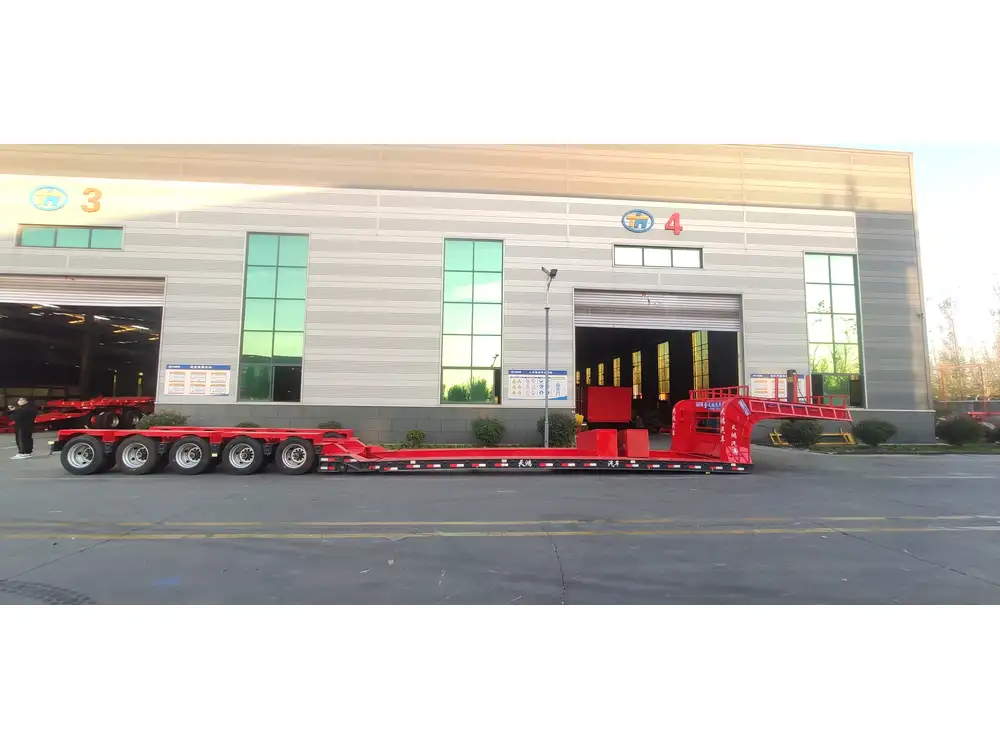
Key Components of a Dolly
Understanding the anatomy of a dolly will help users operate it effectively. Key components include:
- Coupling Mechanism: Connects the dolly to the semi-trailer and ensures secure attachment.
- Axles: The extension of the dolly provides the weight distribution necessary for safe towing.
- Wheels: Designed to accommodate the weight and maneuverability requirements, these may vary in size and durability.
Preparing to Tow a Semi-Trailer
Equipment Inspection
Before attempting to tow a semi-trailer, perform a thorough inspection of both the dolly and the trailer itself:
Check the Dolly:
- Inspect wheels for wear and proper inflation.
- Examine the coupling mechanism for any signs of wear or malfunction.
- Ensure that the braking system (if available) is functioning correctly.
Inspect the Semi-Trailer:
- Confirm the trailer’s frame is free from cracks.
- Inspect the brake lights, turn signals, and reflector systems for functionality.
- Assess the cargo’s securement to prevent movement during transit.
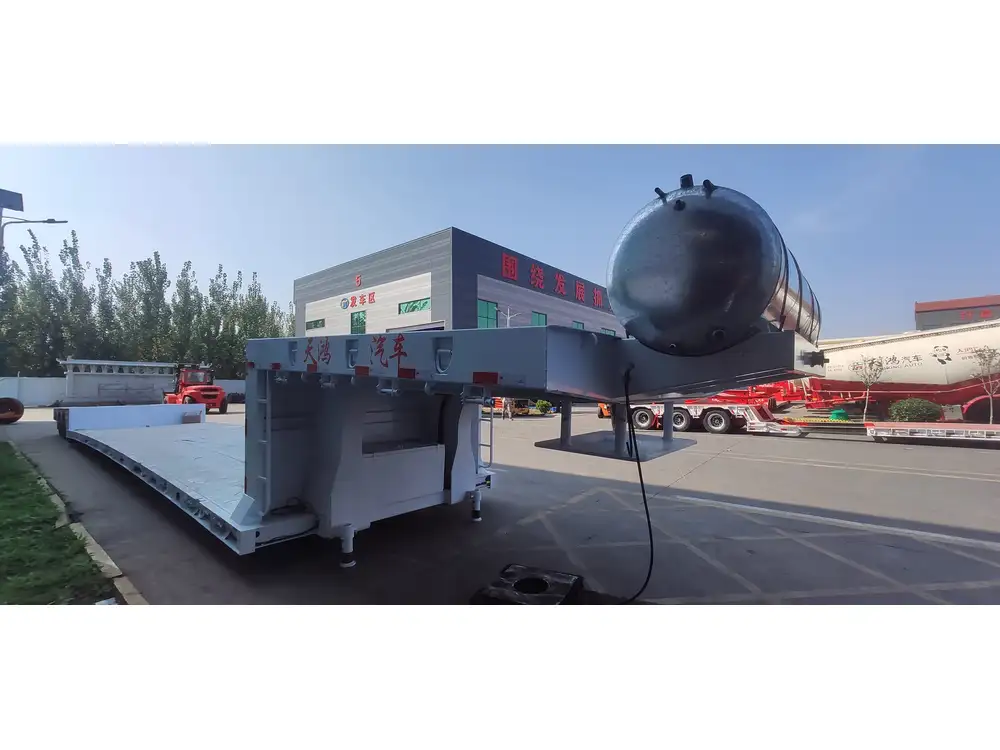
Regulatory Compliance
Ensure compliance with local and federal regulations concerning towing operations. Key considerations include:
- Weight limits: Adhere to the Maximum Gross Vehicle Weight Ratings (GVWR).
- Licensing: Verify that the driver holds appropriate endorsements for towing such equipment.
- Logbooks: Maintain a record of driving hours, especially for long-distance trips.
Safety Gear and Equipment
Equipping yourself with the necessary safety gear is vital. This includes:
- Safety gloves: Protect your hands during coupling and uncoupling.
- Reflective vests: Enhance visibility, particularly in low-light conditions.
- First-aid kit: Always be prepared for minor injuries during loading or unloading processes.
Step-by-Step Guide on How to Tow a Semi-Trailer Using a Dolly
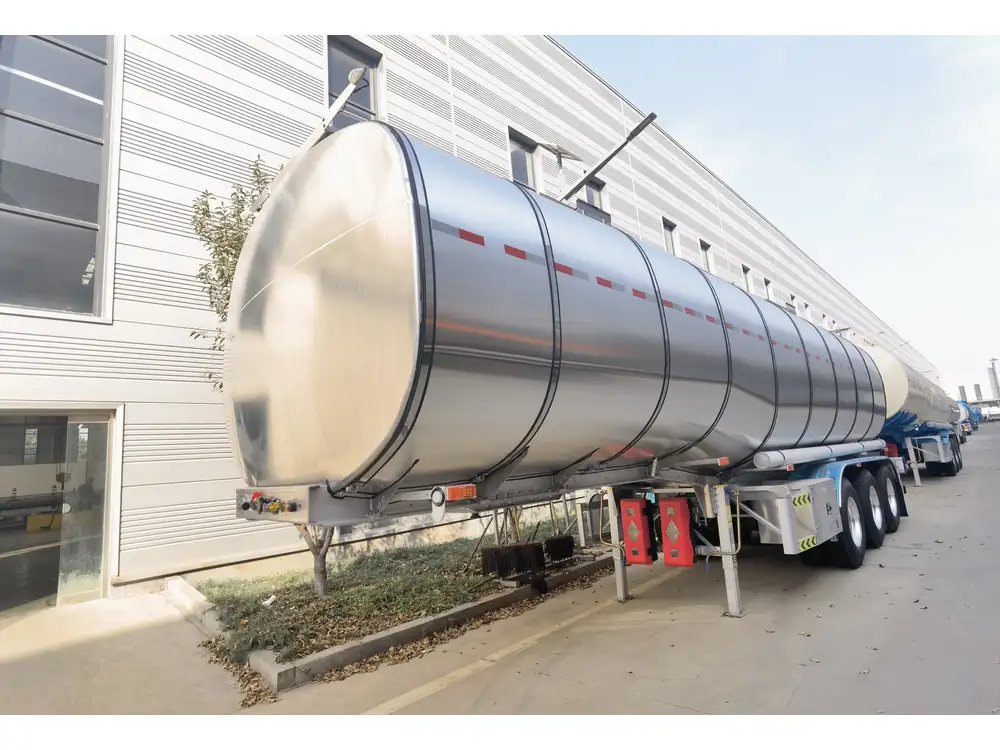
Step 1: Positioning the Dolly
- Align the Dolly: Position the dolly within a few feet of the semi-trailer while ensuring adequate space for any turns.
- Lower the Dolly: If the dolly has a hydraulic lift, lower it to the ground for ease of attachment.
Step 2: Coupling the Dolly and Semi-Trailer
- Engage the Coupling Mechanism: Align the coupler on the dolly with the trailer’s kingpin.
- Securely Attach the Coupler: Perform the locking mechanism, ensuring it is tight enough to withstand road vibrations and forces during transit.
Step 3: Connecting Electrical and Brake Lines
- Connect Brake Lines: Ensure proper attachment of air and/or electric brake lines to enable braking mechanisms.
- Connect Electrical Cables: These cables provide power to lights and other electronic systems on the trailer.
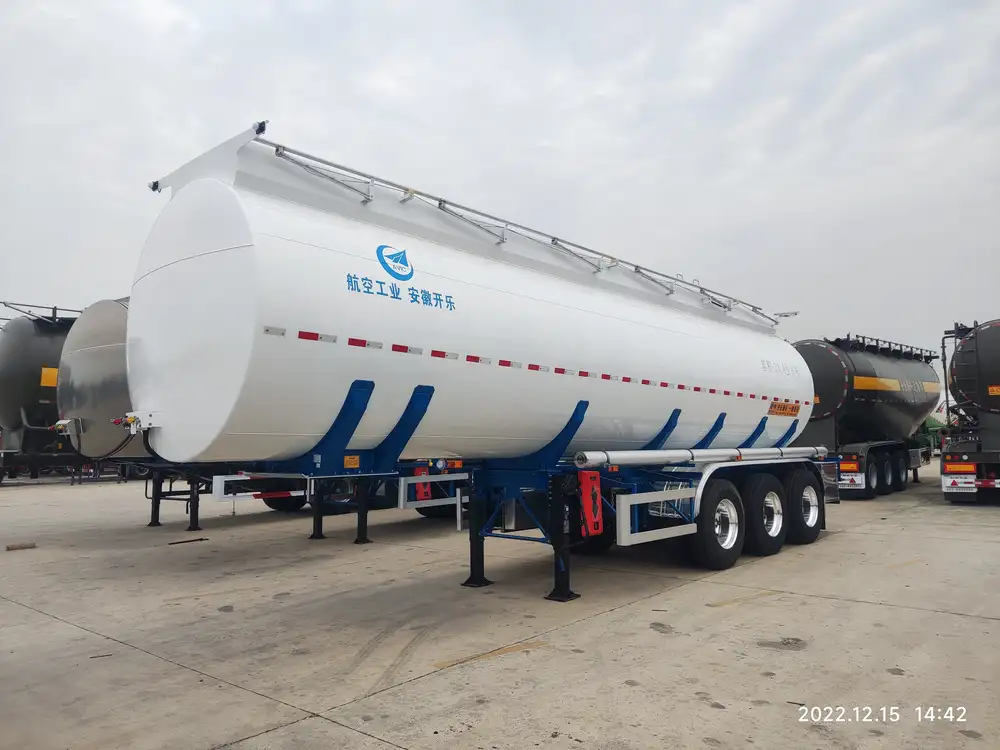
Step 4: Check Weight Distribution
- Confirm that the load is distributed evenly across both the dolly and the semi-trailer. This can help prevent swaying and maintain stability while towing.
Step 5: Conduct a Test Run
Before hitting the road, conduct a slow-speed test run to:
- Verify that the dolly and trailer remain connected.
- Check for any unusual sounds or behaviors while turning or accelerating.
Managing Challenges When Towing

Common Issues Encountered
While towing, operators may encounter various challenges:
Weight Imbalance: Excessive load on one side can lead to swaying.
- Solution: Adjust load placement and re-secure.
Unstable Connections: Loose connections can lead to disconnection during transit.
- Solution: Conduct pre-travel checks frequently.
Power Supply Failures: Faulty connections can lead to non-functioning lights and brakes.
- Solution: Troubleshoot connections before departure.
Importance of Communication
Effective communication is critical, especially when operating in teams. Ensure that team members are aware of directional changes, signals, and safety protocols to reduce the risk of accidents during the towing process.
Safety Considerations
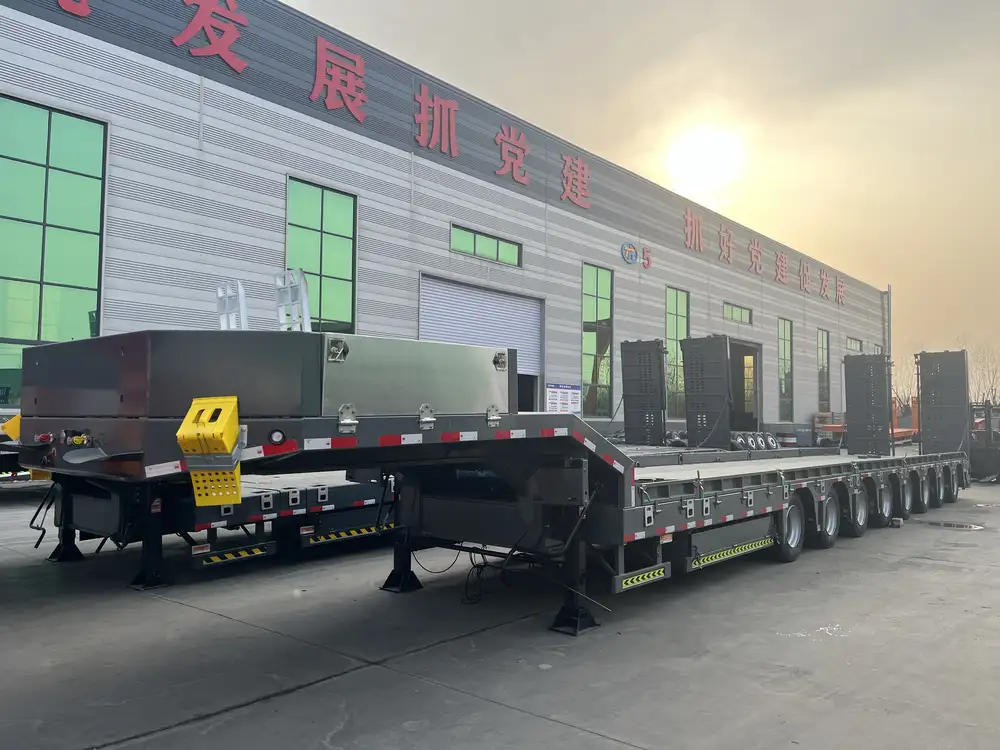
Recognizing Hazardous Situations
Certain scenarios warrant heightened awareness. These include:
- Weather Conditions: Wet or icy roads require reduced speed and cautious maneuvering. Adjust your driving strategies accordingly.
- Traffic Patterns: Be vigilant in congested areas and adjust your route if necessary to avoid unexpected challenges.
Emergency Response Techniques
Being prepared for emergencies is paramount. Familiarize yourself with the following:
- Brake Failures: Gradually remove your foot from the accelerator and steer to a safe area to slow down.
- Tire Blowouts: Keep a firm grip on the steering wheel and refrain from making abrupt movements.
Legal Implications and Insurance Considerations
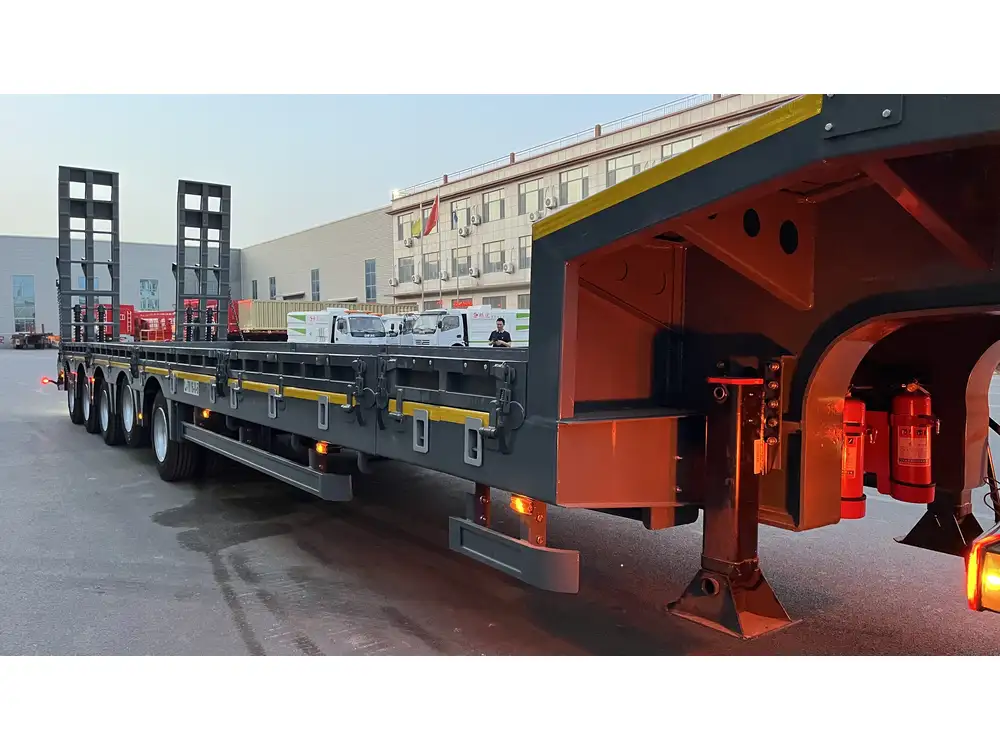
Understanding Liability
When towing a semi-trailer, drivers should understand their liability in case of accidents or damages. This includes:
- Insurance Coverage: Confirm your insurance policy covers towing operations and the equipment involved.
- Legal Compliance: Follow all mandated regulations regarding load securing and equipment condition.
Claims Management
In case of incidents:
- Document the scene thoroughly, including photographs and witness statements.
- Contact your insurance provider to initiate the claim process and discuss potential compensation.
Conclusion
Towing a semi-trailer on a dolly involves many components, from understanding the dolly’s mechanics to ensuring safety protocols are in place. By following the detailed guidelines provided, operators can improve their efficiency and minimize hazards on the road. Mastery of this skill not only ensures successful transportation operations but also upholds the safety of drivers, the public, and the cargo being transported.
By being proactive about maintenance, preparation, and education related to your equipment, you can tackle unforeseen challenges effectively, solidifying your position as a competent transport operator.



